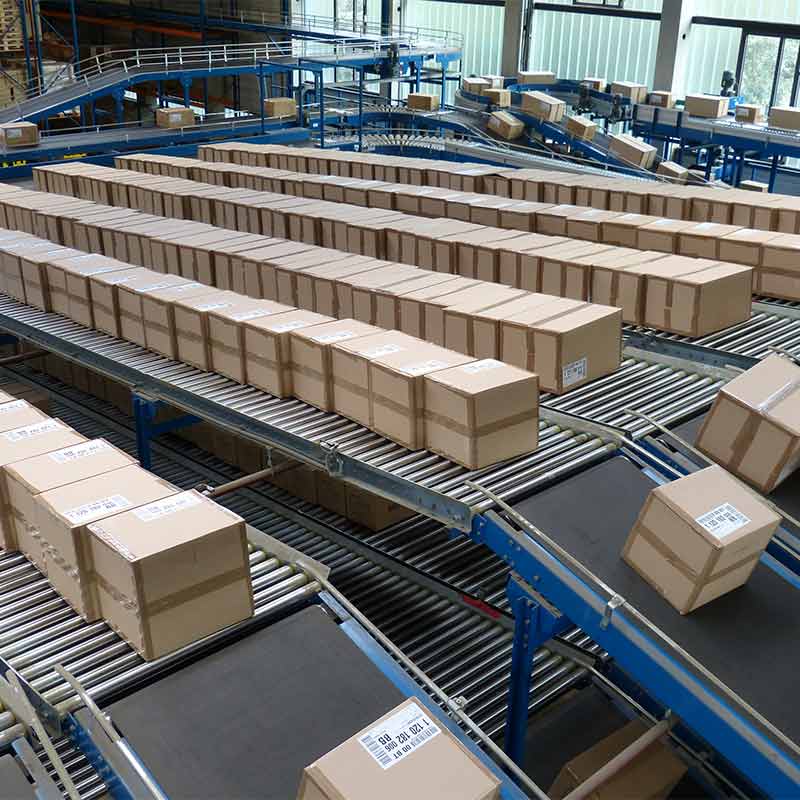Build a sustainability plan 101: establish objectives & metrics

Know what progress looks like
Since you can’t manage what you don’t measure, it’s important to get more concrete by defining specific, achievable objectives, establishing a clear baseline to evaluate current performance and selecting the right metrics to measure progress towards your goals over time.

1. Set specific, measurable objectives
“Our company pledges to reduce deforestation in our supply chain” is not a specific, measurable outcome. “We will work with our suppliers to achieve 50 percent deforestation-free soy by 2020, and 100 percent deforestation-free soy by 2025” is.
Having objectives that are specific and measurable will give you something to aim for, help keep you on course and give you opportunities to communicate to your stakeholders regarding your progress towards the goals that you set in the last step.
Questions to ask yourself as you construct specific and measurable objectives include:
Are there clear objectives? What will success look like?
- How many activities/operations will you have to include in your plan to achieve your mission?
- How big of an impact will you need to have on your chosen activities/operations to achieve your mission? (intensity)
- What impact will a successful plan have on the environment at large? (outside of company’s own activities/operations)
Is there a clear timeline for implementing your plan?
- What interim mileposts will you need to reach to achieve your objectives (and will ladder up to reaching your mission/goals)?
- On what timescale should you set interim goals (e.g., monthly, quarterly, yearly)?
- Which opportunities/initiatives can you leverage to make progress towards your objectives?
Are they realistic?
- Which activities/operations do you have control over and should include in your sustainability plan?
- Which activities/operations do you have the most control over?
- What would be aggressive, but still achievable, goals for those activities/operations?

2. Identify key performance indicators, metrics and baselines
Key Performance Indicators (KPIs) provide insight into the success of an activity in achieving an objective. Environmental KPIs seek to understand if progress is being made on an environmental issue.
Choosing consistent and comparable indicators that make sense for your company and for the issue you are seeking to address is critical for long-term success. Determine which environmental KPIs are best suited to your specific objectives by comparing typical KPIs to your company’s operations/activities.
A metric is the unit of measure that you are using to gauge progress within the KPI. The metric is essentially the answer to the KPI.
Want a deeper dive on establishing objectives and metrics for your interest area(s)?
Sustainable agriculture
Thriving forests
Sustainable energy
Green freight
Build a Plan
Build a sustainability plan 101: introduction
Guide
Build a sustainability plan 101: assess impact
Guide
Build a sustainability plan 101: ID stakeholders
Guide
Build a sustainability plan 101: set goals
Guide
Build a sustainability plan 101: objectives
Guide
Build a sustainability plan 101: ID pilot projects
Guide
Build a sustainability plan 101: the business case
Guide
Build a sustainability plan 101: pitch & launch
Guide